To make your sketch pop out from the background, it’s essential to add a Cast shadow.
The “cast shadow” projects the shadow of an object on a surface (basically the ground surface).
I basically use 2 methods at drawing the cast shadow:
- the Parallel source of light (Example: The sun)
- the Diverging source of light (Example: A torch light)
Today let’s see first the most simple one, the cast shadow with the Parallel source light.
Follow the tutorial step-by-step, and you will realise how easy it is!
The cast shado will give more depth to your sketches. And as you will see, in Product design sketching, we will use hatching to draw them. It allows you to draw with efficiency.
Your aim is not about drawing a realistic drawing. But a sketch for anyone to undestand fast and clearly.

See you for the next tip of the day about the:
How to draw a Cast shadow using the DIVERGING source of light.
Testimonial from John:
“When I’ve read your article, I was purely amazed at how motivational it actually is. It covers the real situation in life and how to achieve your vision and goal. I would really love to read your articles more in the future and get more involved in your future design courses.”
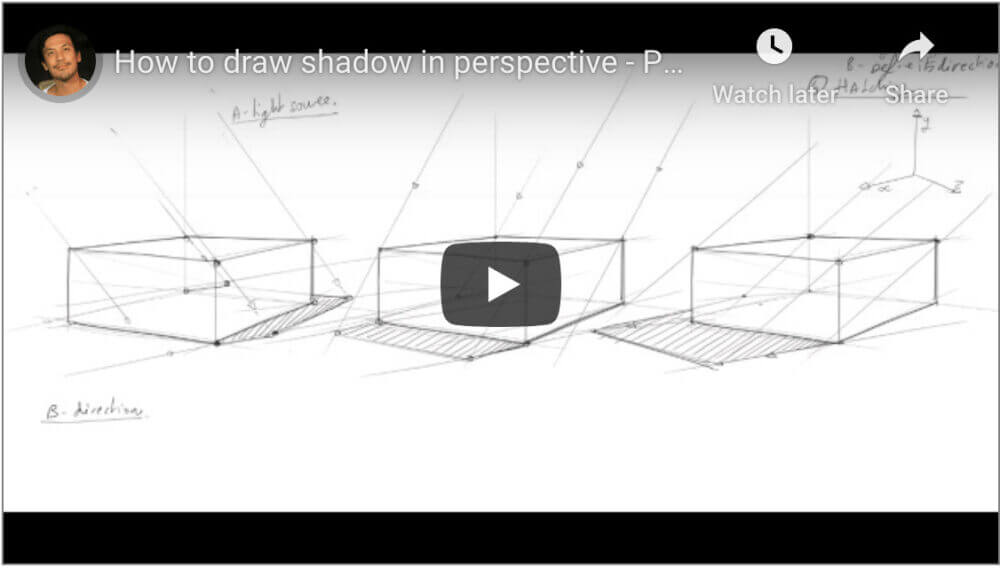




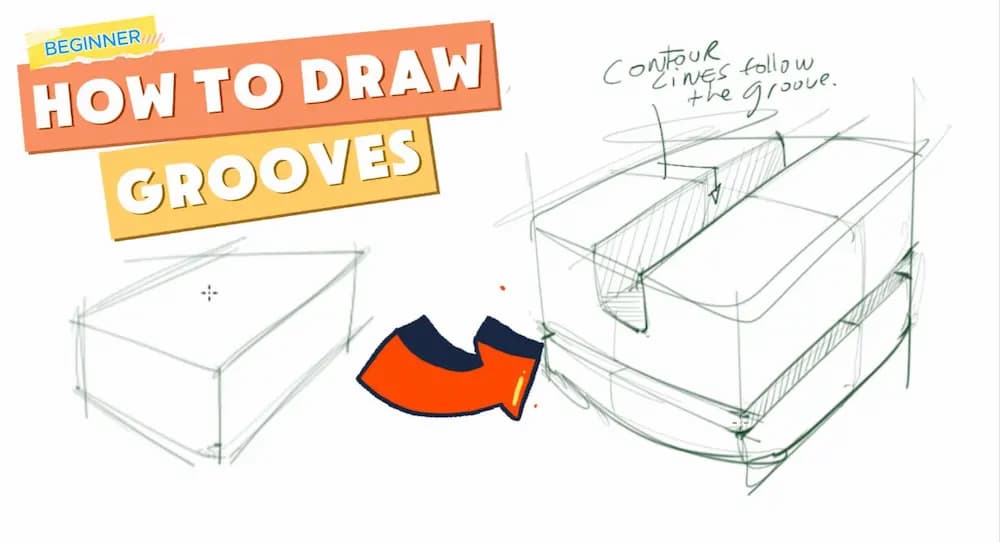




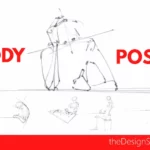


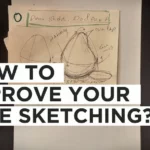


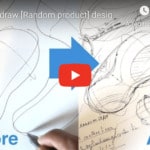


[…] The best way to erase less, is to practice simple drawing movements until it become intuitive to you. Then, your brain will be able to focus on more advanced techniques such as perspective, 3d forms, and shading with hatching. […]
Hey. How to determine in which scene I should be drawing a parallel source of light or a diverging one? In many cases I’ve seen how people where projecting the sun on the horizon line and drawing shadow with diverging method. This type of casted shade from the sun also occurs in sunset scenes, when the sun is in the middle of the scene. Can anybody answer that?
Sometimes, I find it difficult to locate the ground plane.
Hello Irene, at start you can help visualize the ground plane by tracing a quick grid like I did at the beginning of the video. Remember to trace it with a light pen pressure – or your drawing will be over crowded of lines.
How to find the direction lines (B)?
Hello Irene,
It’s actually up to you. You need to visualise which direction and inclination you want to give to your cast shadow. To be more able to visualise, I would recommend you to observe things on your table for example. You will get more familiar to it. :)
Have you seen the other technique with “Projector lights” ? The difficulty is a bit higher, but you may try that one.
https://www.thedesignsketchbook.com/tip-112-cast-shadow-using-the-diverging-source-light-projectors/
really useful tutorial, espcially for shadow of exterior related object :). Thank you so much.
My pleasure Jian !
many good tips. thank you.
I like it. Very nice to see this. :-)